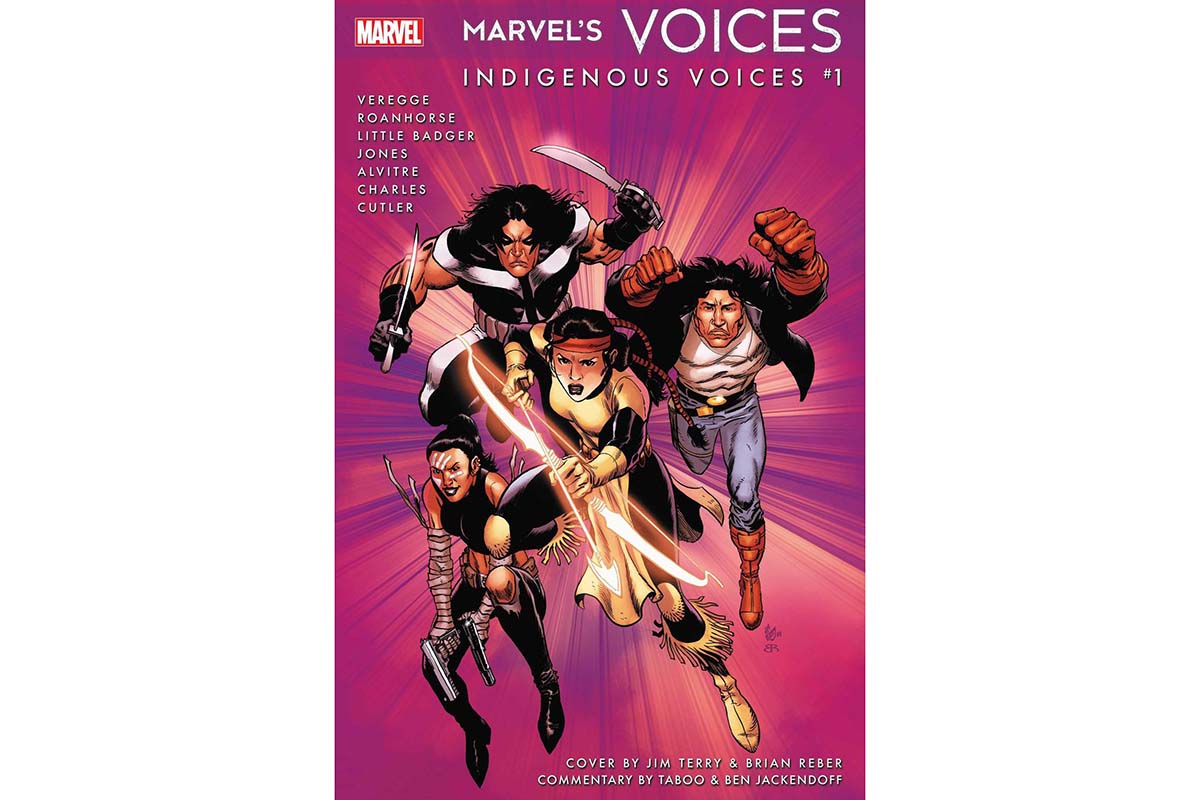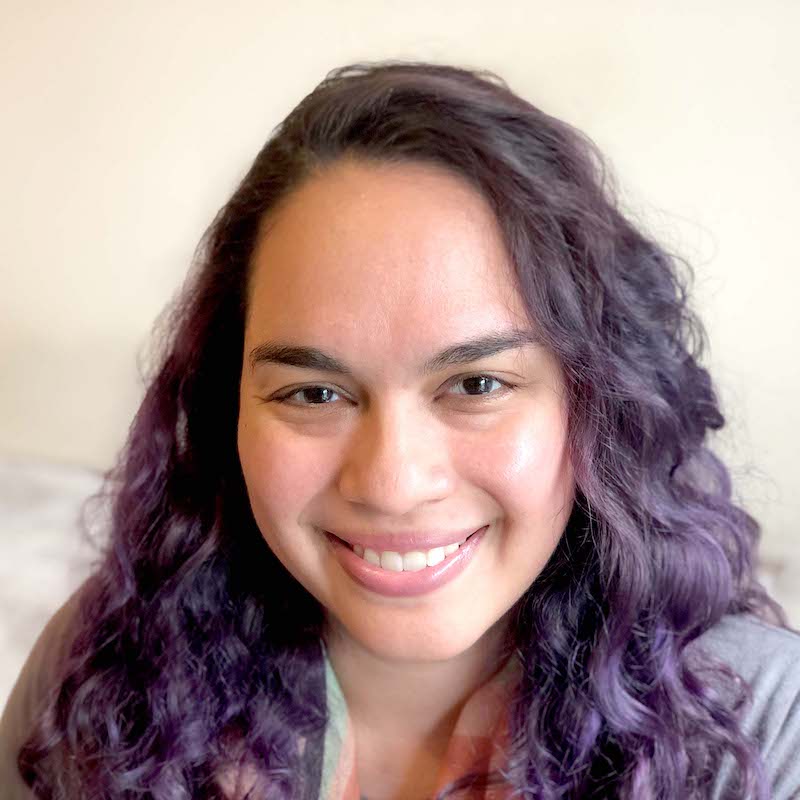
- Details
- By Monica Whitepigeon
In the wake of comic book genre success, both on and off the big screen, the industry continues to move towards more inclusive and diverse storylines, especially with the November release of “Marvel’s Voices: Indigenous Voices #1.”
This initial installment offers a comprehensive and tantalizing reintroduction to Marvel’s established Native heroes and heroines told through varying Indigenous perspectives and art styles. Native authors and comic artists were recruited to rejuvenate the company’s overshadowed Indigenous characters by recontextualizing their experiences.
Featured writers and artists include Jeffrey Veregge (Coast Salish), Weshoyot Alvitre (Tongva), Darcie Little Badger (Lipan Apache), Kyle Charles (Whitefish Lake First Nation), Rebecca Roanhorse (Ohkay Owingeh), David Cutler (Qalipu Mi’kmaq First Nation) and Stephen Graham Jones (Blackfeet Nation).
The reader is immediately introduced to Uatu the Watcher, drawn in Veregge’s formline style. The celestial Uatu explains how he collects Earth’s heroes’ heralding stories and specifically concentrates on those with Native backgrounds. The full-page spread showcases 16 characters with short bios. The series will delve more into these story arcs as it progresses.
This volume is broken into three main storylines that focus on Maya Lopez, a.k.a. Echo, a deaf Cheyenne/Latina warrior from the Daredevil series, Dani Moonstar, a.k.a. Mirage, an illusionist Cheyenne mutant from the New Mutants series, and Silver Fox, a regenerative Blackfoot mutant from the X-Men series. Like many Native people, each heroine comes from distinct and diverse backgrounds that the writers and artists were able to expand upon. The contributor’s unique perspectives stay true to the idea of Indigenous Futurism with themes of past, present and future.
Initially set on Earth, the audience meets Echo, who is looking completely annoyed as she checks her text messages from the various men in her life, such as Daredevil and Wolverine. Her visceral nature is reflected in Alvitre’s gritty, dynamic art style as she shows the fluidity and precision of Echo’s combat. She is soon recruited to assist an alien community and travels to the planet Geunee to confront a villainous oppressor.
Despite the writer Roanhorse’s controversial background, Echo is a heroine worthy of attention and character development. The plot touches on matters of sovereignty and matriarchal societies that translate to distant worlds. Echo’s complex past helps her confront future challenges and appreciate what she still has.
The following story features Mirage and her partner Wolfsbane as they investigate a mysterious incident at a fair in Yavapai County, Ariz. Mirage’s personal connection to the investigation grows more evident when she realizes someone else has her similar abilities to amplify and manifest a person’s fears and desires. New and familiar mutants appear throughout the story with a familial-type bond that unites the characters.
Charles’s artwork colorfully captures the feeling of the Southwest landscape and contemporizes regional Native culture while Little Badger’s writing addresses racial tensions, jurisdiction concerns with law enforcement and community healing.
The final episodic tale goes back in time to the settler encroachment era in the Northwest territories. There, Silver Fox and her husband Trigo sabotage a local fort after Trigo witnesses horrific and violent visions involving this encampment. Conversing in Siksiká, the Blackfoot language, the couple appears conflicted about their methods but ultimately determined to do what they can.
Cutler's deep shadows and exaggerated expressions feed into the dark reality of survival that Jones presents. Jones answers the hypothetical question, and with enough foresight, how far would a Native person be willing to go to protect and secure a better future?
Overall, “Indigenous Voices #1” is a worthwhile read with stunning visual works that offer varying perspectives of the Native experience while tapping into superhero culture.
More Stories Like This
Center for Native Futures Hosts Third Mound Summit on Contemporary Native ArtsFilmmakers Defend ‘You’re No Indian’ After Demand to Halt Screenings
A Native American Heritage Month Playlist You Can Listen to All Year Long
11 Native Actors You Should Know
Five Native American Films You Should Watch This Thanksgiving Weekend
Help us defend tribal sovereignty.
At Native News Online, our mission is rooted in telling the stories that strengthen sovereignty and uplift Indigenous voices — not just at year’s end, but every single day.
Because of your generosity last year, we were able to keep our reporters on the ground in tribal communities, at national gatherings and in the halls of Congress — covering the issues that matter most to Indian Country: sovereignty, culture, education, health and economic opportunity.
That support sustained us through a tough year in 2025. Now, as we look to the year ahead, we need your help right now to ensure warrior journalism remains strong — reporting that defends tribal sovereignty, amplifies Native truth, and holds power accountable.
 The stakes couldn't be higher. Your support keeps Native voices heard, Native stories told and Native sovereignty defended.
The stakes couldn't be higher. Your support keeps Native voices heard, Native stories told and Native sovereignty defended.
Stand with Warrior Journalism today.
Levi Rickert (Potawatomi), Editor & Publisher

